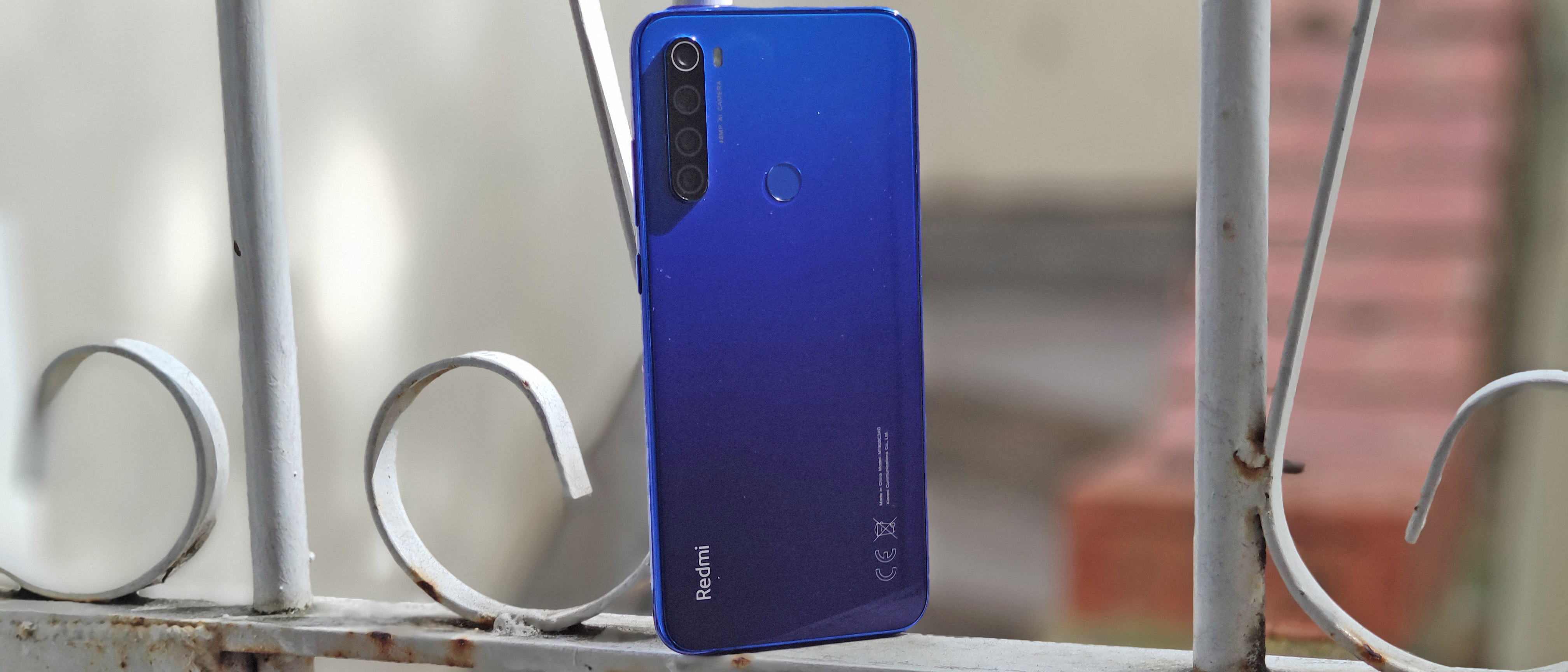TechRadar Verdict
If you’re looking for the best cheap phone for you, the Xiaomi Redmi Note 8T is a decent contender but it’s not without flaws. While its camera capabilities are impressive for its price tag, and it’s got decent battery life, you might find it quite slow to use at times.
Pros
- +
Great cameras for the price
- +
Reliable battery life
- +
Affordable price tag
Cons
- -
Slow to use
- -
Charging takes a while
- -
Screen quality is unimpressive
Why you can trust TechRadar
Two-minute review
When Xiaomi launched the Mi Note 10 in late 2019, it also unveiled the Redmi Note 8T from its budget brand, albeit with less fanfare.
The Xiaomi Redmi Note 8T is noteworthy in that, at the time of release, it was the cheapest phone with a 48MP camera, costing an arm and a leg (and many more body parts) less than other handsets with the same high-res sensor.
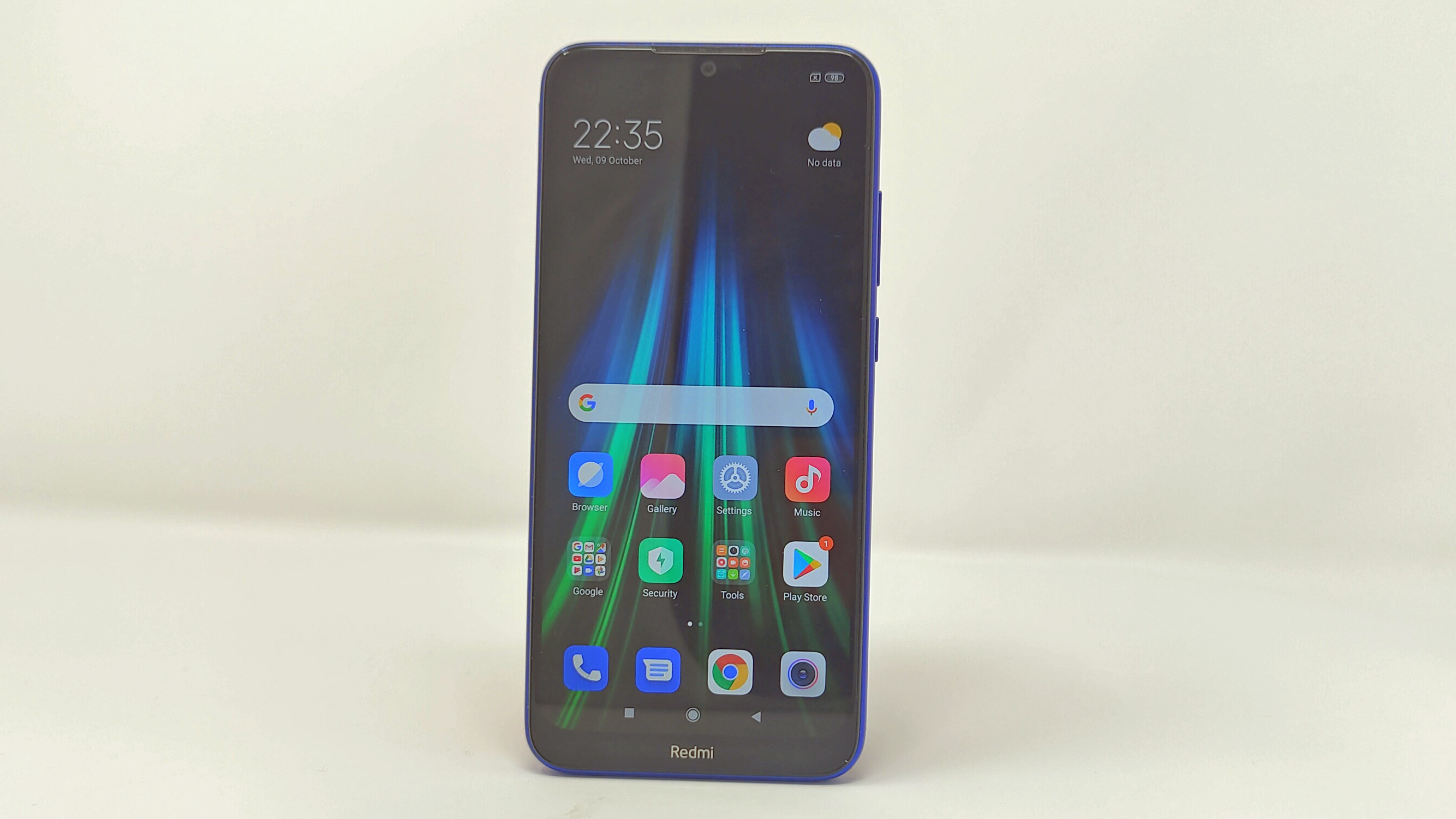
Price and availability
Design
Display
Camera
Specs and performance
Software
Battery life
Should I buy it?
To give the Note 8T full dues, the camera is impressive, and is certainly one of the best options you have for photography if you’re on a budget. The 48MP main snapper, joined by an 8MP ultra-wide, 2MP macro and 2MP depth-sensing camera, takes decent pictures, although some shooters are less useful than others.
The Xiaomi Redmi Note 8T has some other features you don’t always find in a budget handset too, with a 4,000mAh power pack that we found lasted a long time (if you don’t tax it too much).
This doesn’t mean the Redmi phone is perfect, though, if the score didn’t give that away already. We found the handset rather slow to use, more so than other phones we’ve used at this price tag, and its weak processing power often resulted in apps crashing or occasionally simply not opening at all.
We couldn’t always play a game while listening to music, or switch between camera lenses quickly when trying to frame the perfect picture, and this became a bit of a nuisance, so we can’t recommend this phone if you need snappy performance.
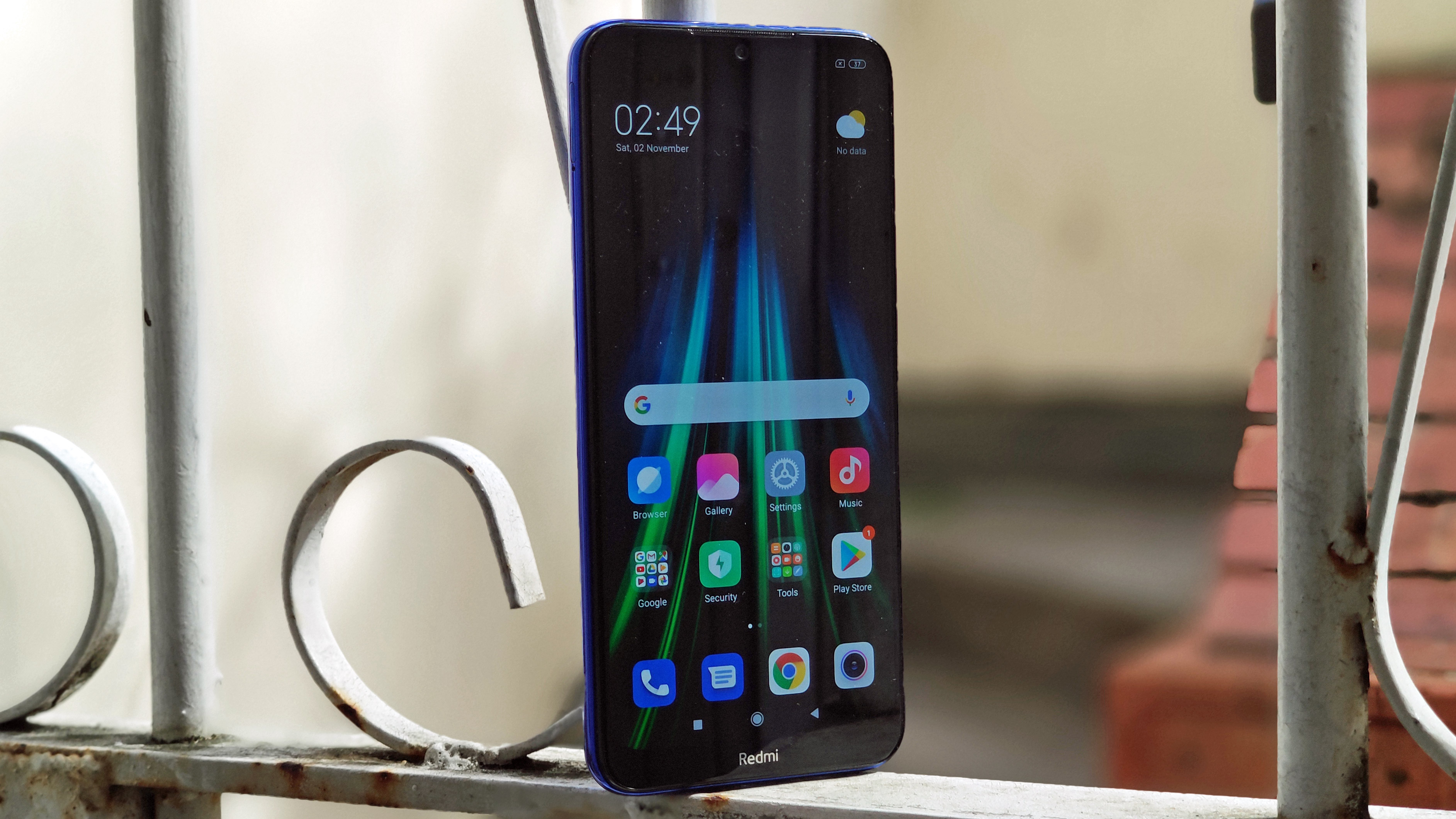
Xiaomi Redmi Note 8T price and availability
You can pick up the Xiaomi Redmi Note 8T for £159 (roughly $200, AU$310), for 64GB of storage and 4GB of RAM, and while we wouldn’t expect the handset to reach the US, Xiaomi has been stepping up its presence in Australia, so the phone could materialize there before too long.
There’s also an even cheaper model with 32GB of storage and 3GB of RAM, though at the time of writing this one isn’t available.
In any case, even the 64GB has an model impressively affordable price given some of its specs. Its closest competition seems to be the Moto G7 range (not so much the Moto G8 devices, which have launched with slightly higher price tags).
Particularly, the Moto G7 Play and Moto G7 Power sit just below, and above, that price tag respectively, so they’re our main points of comparison and the Redmi Note 8T’s biggest competitors, as while Motorola is king of budget devices in the West, that’s a title Xiaomi’s gunning for (and already holds in certain areas) with the Redmi line.
Design
The Xiaomi Redmi Note 8T has what some may deem a ‘standard’ Android look, with a fairly large chin under the screen and a teardrop notch above it. On the back of the phone there’s a fingerprint sensor, as well as the four-lens camera bump, which is a little bigger than the bump on most other phones, but certainly not the largest we’ve seen.
On the right of the phone, when the display is facing you, there’s a volume rocker and power button. We found this power button, and the fingerprint sensor, just reachable, but people with smaller hands might find reaching them a bit of a stretch. The Note 8T also has a USB-C port (far from guaranteed at this price tag, and a valued addition) as well as a 3.5mm headphone jack.
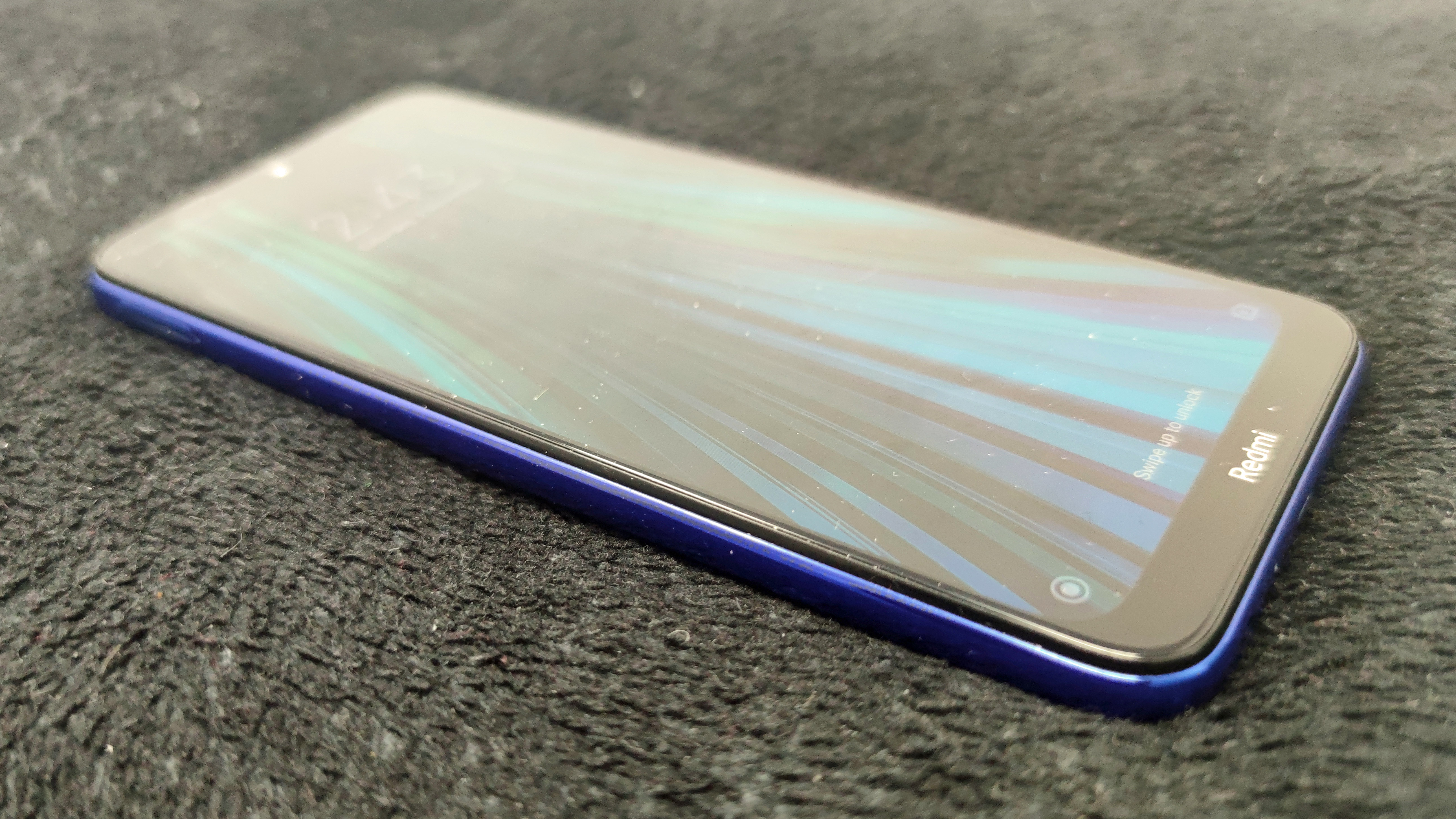
The Xiaomi Redmi Note 8T comes in black and blue variants, and we used the latter for the review. It’s far from the most vibrant-looking phone, but we were fond of its violet-navy gradient. The Note 8T has a glass back too, which is a surprisingly premium feature for this price tag, making it feel good in the hand.
In terms of dimensions, the Redmi Note 8T measures 161.1 x 75.4 x 8.6mm, but we found its 200g weight a little on the heavy side compared to other budget phones. In general we found the phone fine to use, but a little big too, so if you’re looking for a compact device this is certainly not for you.
Display
The Xiaomi Redmi Note 8T’s screen has a 1080 x 2340 resolution, so it’s quite high-res, but it’s also an LCD display, which is the screen tech you generally find in budget devices. LCD screens generally look okay, but more often than not we find them a little disappointing compared to LED panels.
As with many LCD screens, the Redmi Note 8T’s display showed colors that looked rather pale, max brightness which wasn’t incredible, and contrast that left a lot to be desired too. Saying that, if you don’t care too much about your phone screen’s quality (or don’t notice the difference) this might not affect you too much.
The screen is 6.3 inches diagonally, so it’s fairly large for a budget phone, hence our previous comments about the size. We did have trouble reaching the entirety of the display with one hand, so this is certainly a two-hander for most users.
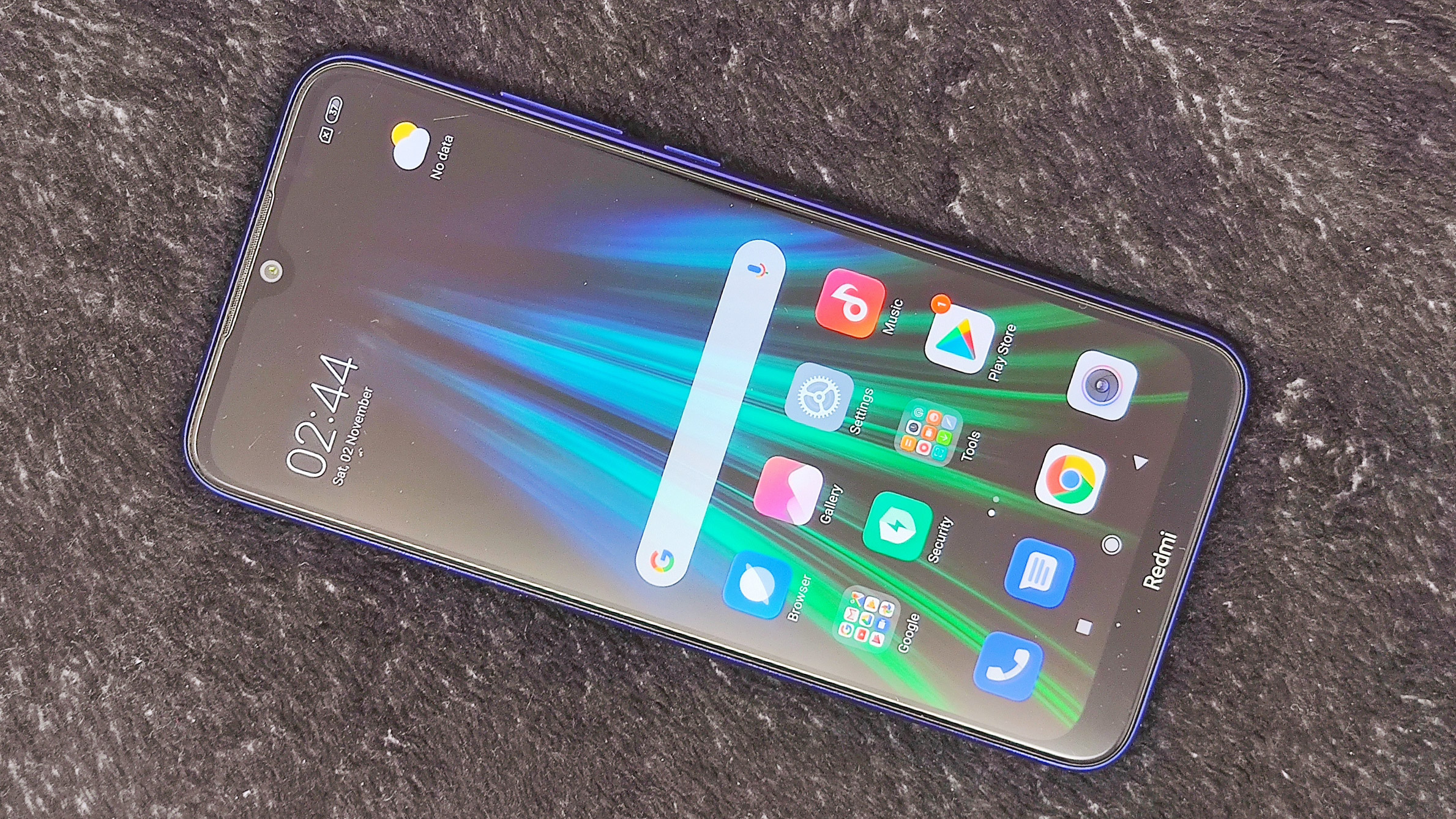
Camera
The Xiaomi Redmi Note 8T is the cheapest phone (at the time of writing) with a 48MP sensor, and we’d say the phone has one of the best cameras in its price bracket. This 48MP snapper is joined by an 8MP ultra-wide, 2MP macro and 2MP depth-sensing camera, although the latter two aren’t up to much.
Pictures shot with the 48MP main camera tend to look quite decent, as they’re bright and pretty vibrant without looking artificially manipulated. This is achieved with pixel-binning, so the camera actually takes 12MP pictures by combining 4 pixels into 1 to capture lots of light, though 48MP pictures are possible too (if you want to burn through that storage space).
There’s no optical zoom, but you can digitally do so up to 8x. While 2x zoom images looked reasonable, we’d recommend staying away from 8x zoom unless you want murky and pixelated shots. The ultra-wide camera also took fairly decent pictures, and while the colors seemed a touch dimmer than on the main camera, it wasn’t very noticeable all of the time.
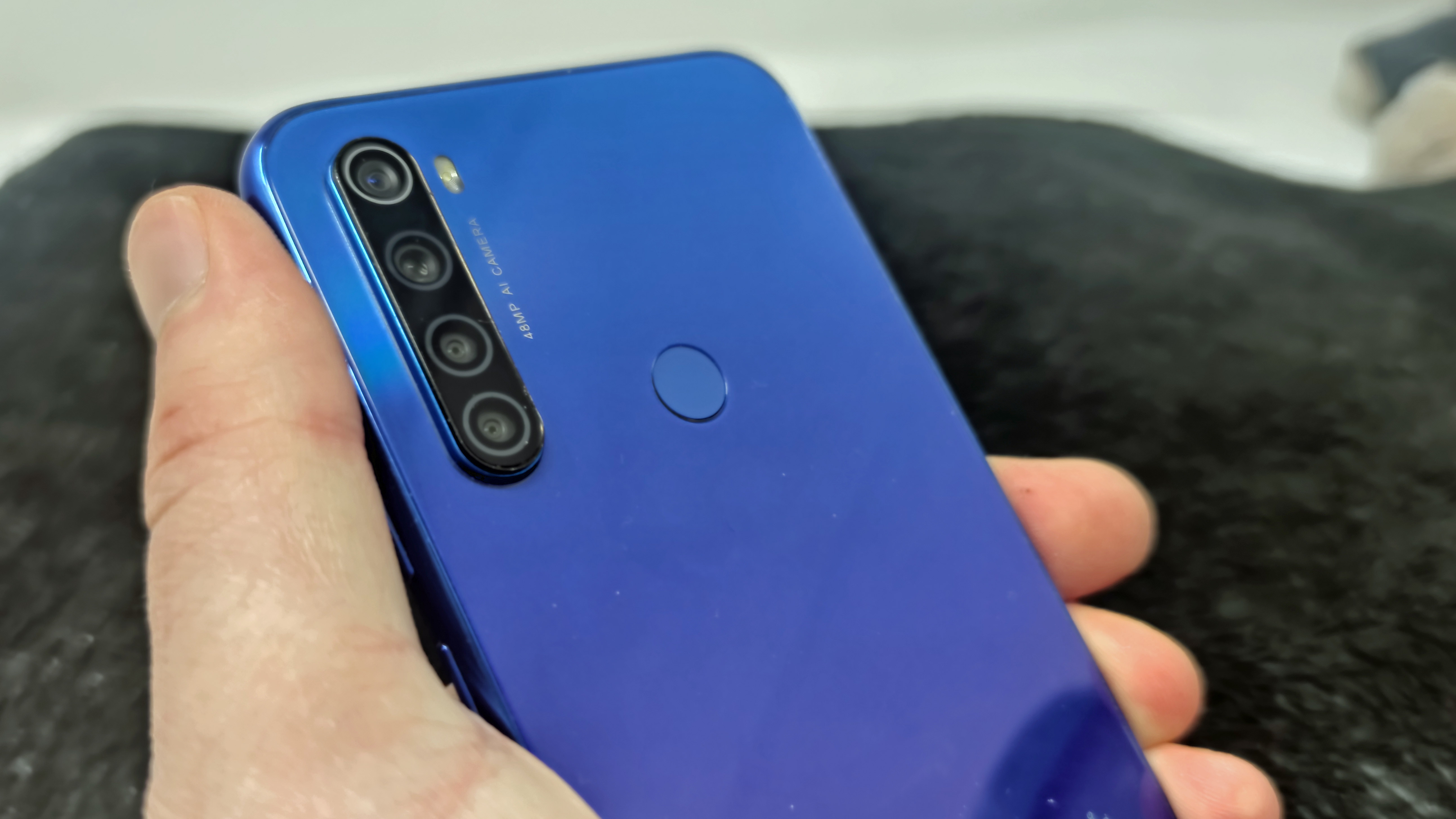
We weren’t huge fans of the two 2MP cameras however – macro pictures were pretty vibrant, but so low-res that they looked more like impressionist paintings than snaps of flowers. The last camera is a depth sensor, and we’ve never found one of those to be very useful, despite how keen phone manufacturers are to put them on handsets.
The 13MP selfie camera took respectable pictures, and in Portrait mode the bokeh background blur was adept at picking out, and blurring, the background without accidentally messing up our errant hairs too.
More impressive is the Xiaomi Redmi Note 8T’s video recording capabilities, as you can shoot in 4K which is almost unheard of in a phone this cheap, and it also supports 60fps at 1080p. This is, of course, something of a battery drain, but it’s still an impressive feature for a budget phone to have, and one way in which it stands above the competition.
There are a few photo and video modes that camera fans might find useful, though not as many as on a typical mid-range or top-end phone. There’s slow-motion and short video modes for recording footage, and portrait modes and night modes for photography, although with regards to the latter two we couldn’t see a noticeable difference (at all) compared to pictures taken in the standard photo mode.
Camera samples
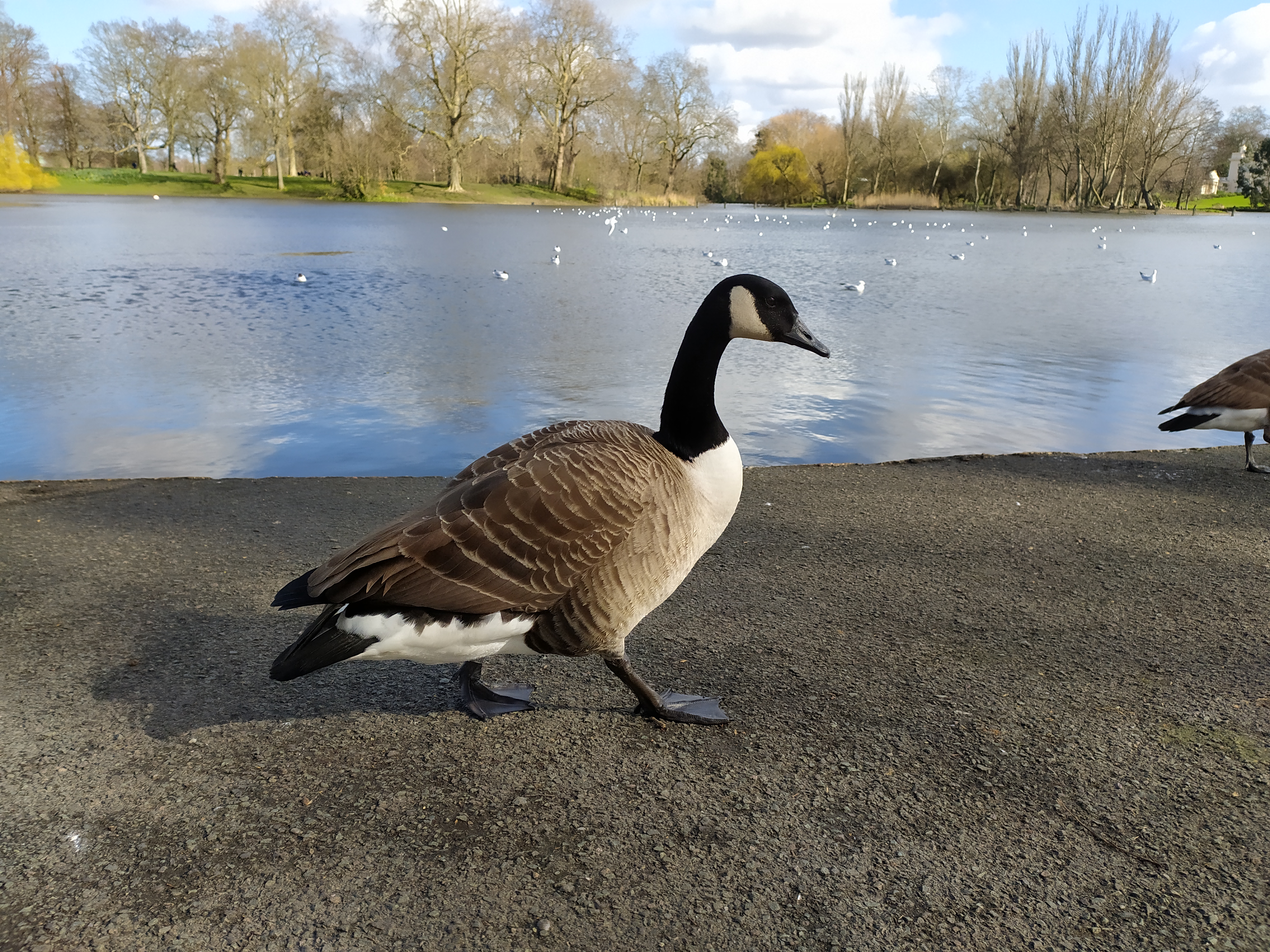
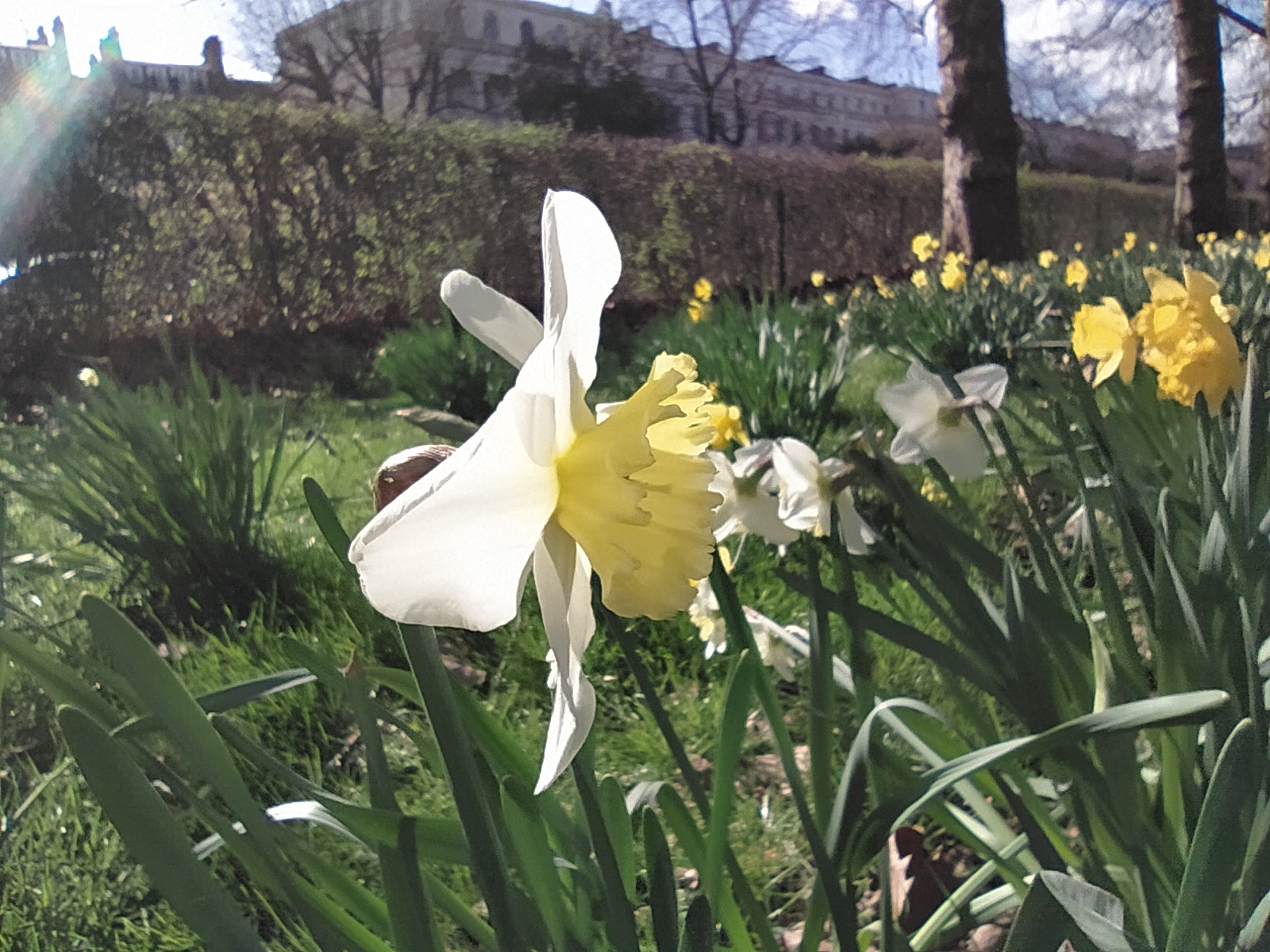
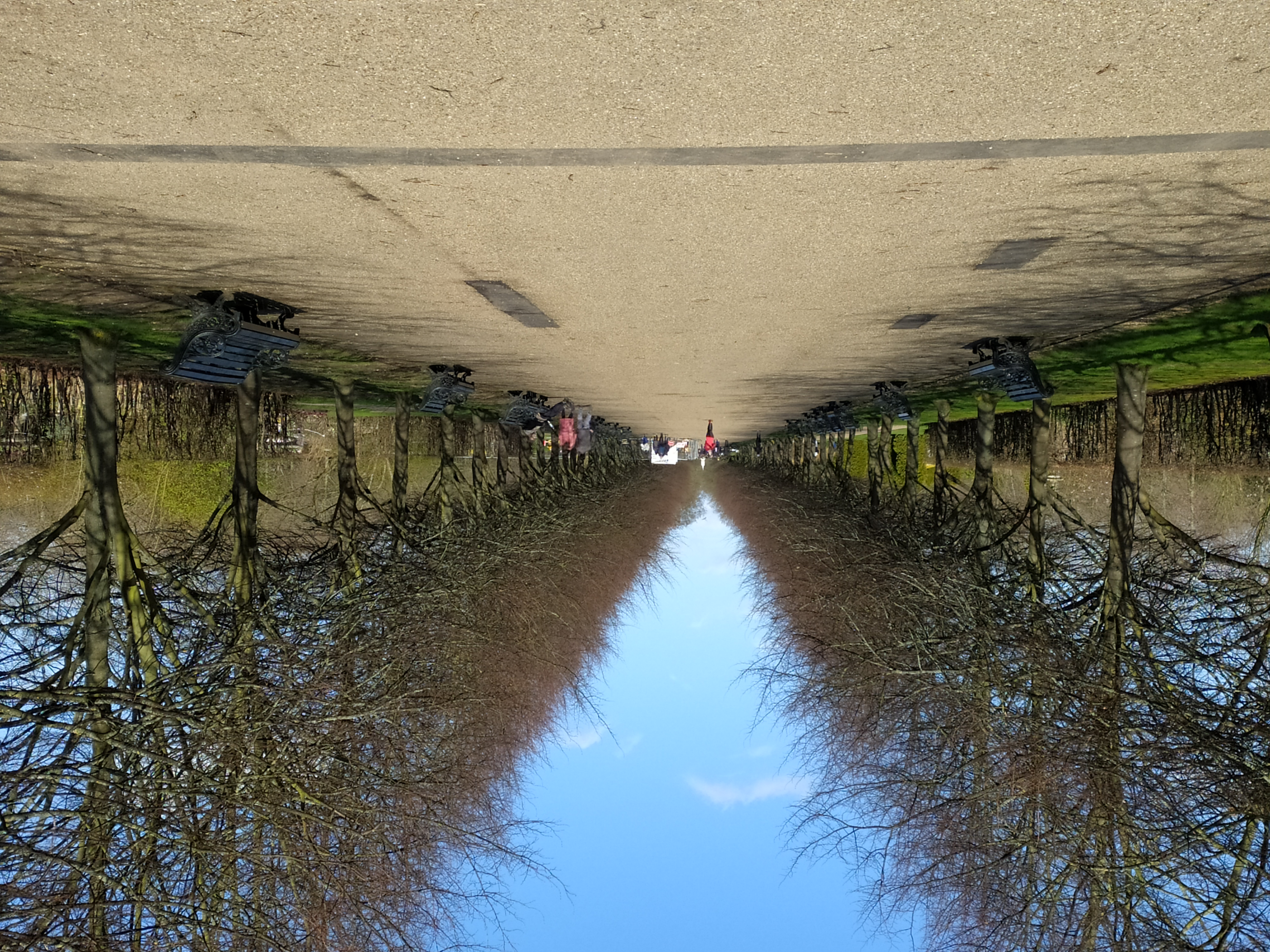
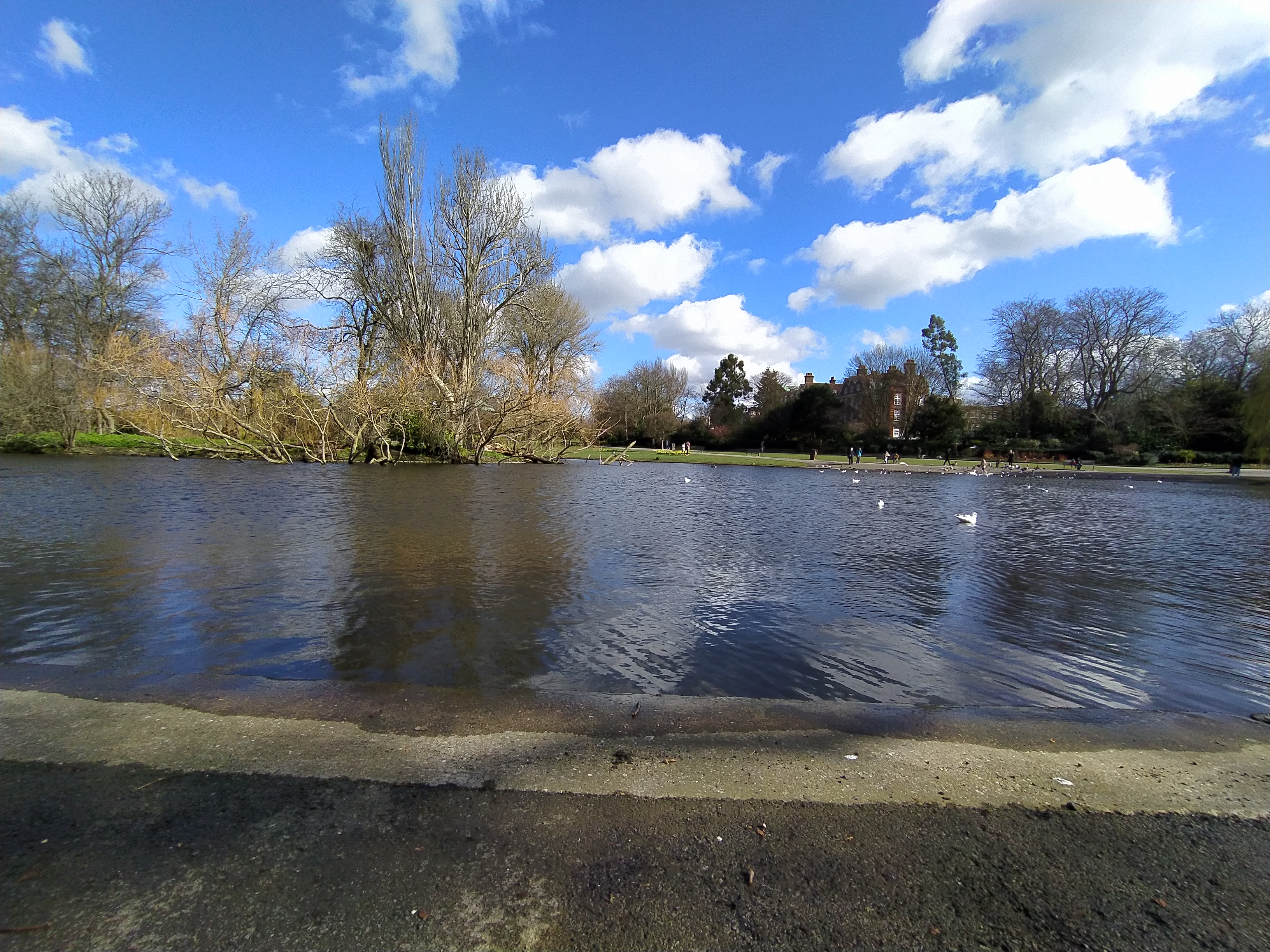

Specs and performance
The Xiaomi Redmi Note 8T’s biggest weakness is its processing power, as its Snapdragon 665 chipset doesn’t seem fast enough for many common smartphone tasks.
From simple tasks, like flicking between apps and booting up games, to heavier-duty processes like listening to music while taking pictures or playing games (which most phones can handle), we found the Note 8T suffered. In the case of the light tasks, the device was just slow, but for those heavier processes app crashes were commonplace.
Gaming is just about plausible, depending on what you play – light games ran with only the occasional freeze and bit of lag, and somehow Call of Duty Mobile was smooth and lag-free (which we’d put down to some top-notch optimization from its developers), but when we tried to run the likes of PUBG Mobile we were mired in disconnection problems and lag.
When we ran the Redmi Note 8T through the Geekbench 5 processing test it returned a multi-core score of 1,159, which roughly matches the scores of the Moto G7 range, though is much lower than the average 1,500 score of the Redmi Note 8 Pro.
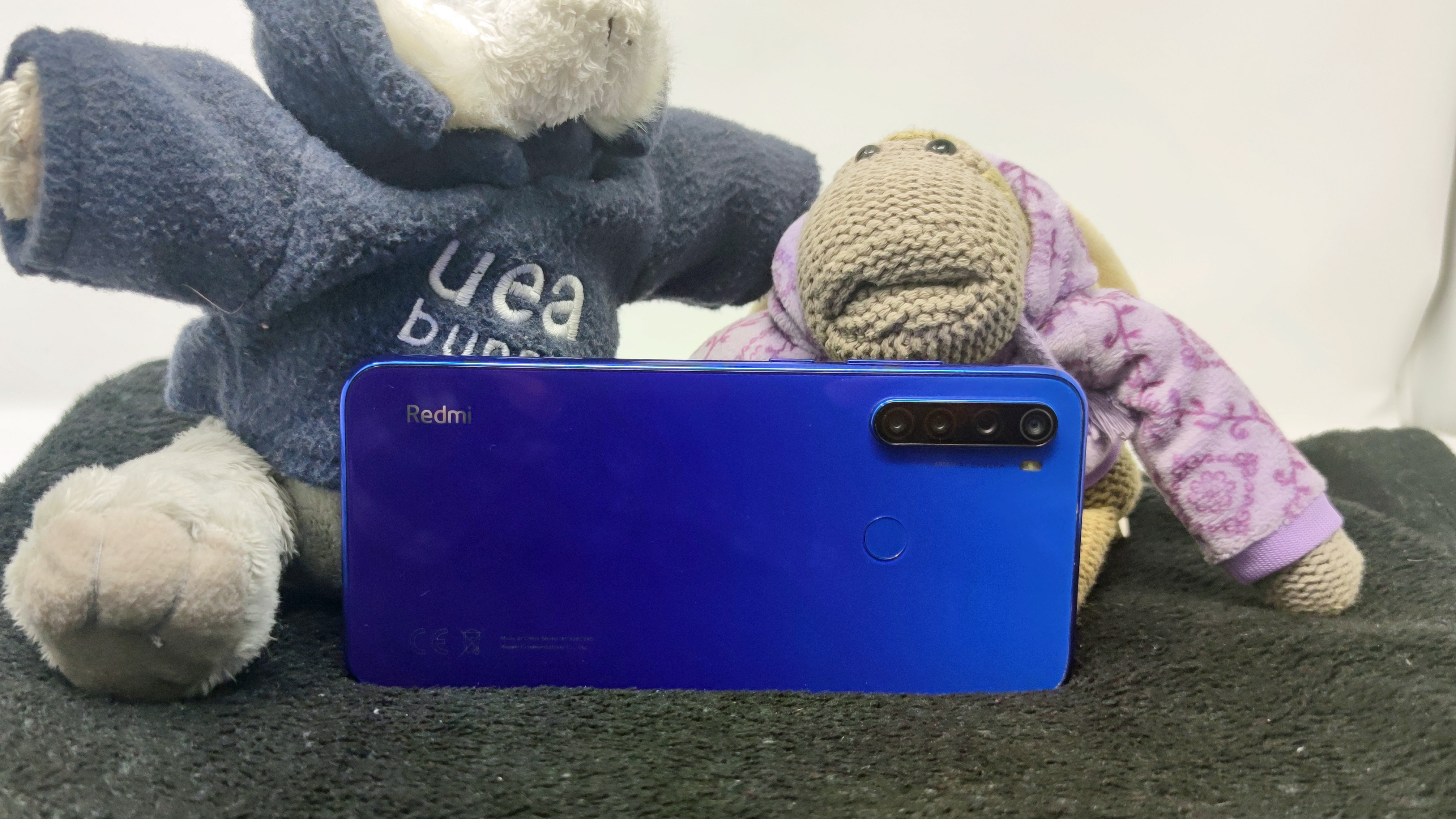
Storage space was quite an issue too, as we tested the 32GB unit which filled up so quickly we couldn’t actually install updates when they came along (no thanks to the 10GB system storage either). There are 64GB and 128GB versions as well, which come with 4GB of RAM instead of the 3GB you get with the 32GB version, and we’d highly recommend them instead of 32GB.
In fact, we can’t find this low-spec version on sale, so it’s possible you won’t even need to make a choice.
Software
As with all Xiaomi phones, the Redmi Note 8T runs the MIUI user interface (UI) laid over the top of Android, in this case Android 9.
While we’ve had our problems with MIUI before, as it used to come with lots of bloatware, this isn’t as much a problem any more, and the pre-installed apps are all pretty useful tools like a compass, calculator and radio. As we mentioned before, there’s 10GB of storage taken up by the system though, so there is still a bit too much meat on the MIUI bones for our liking.
Aesthetically, MIUI is a touch babyish with soft corners and slightly pale colors, but depending on how you like your phone to look, you might like the UI.
As previously stated, in the Redmi Note 8T MIUI felt a little slow to use, as navigation can take quite a while when you’re waiting for apps to open and close. Google Assistant in particular was a pain to use, as after summoning it we had to wait several seconds before it started working properly.
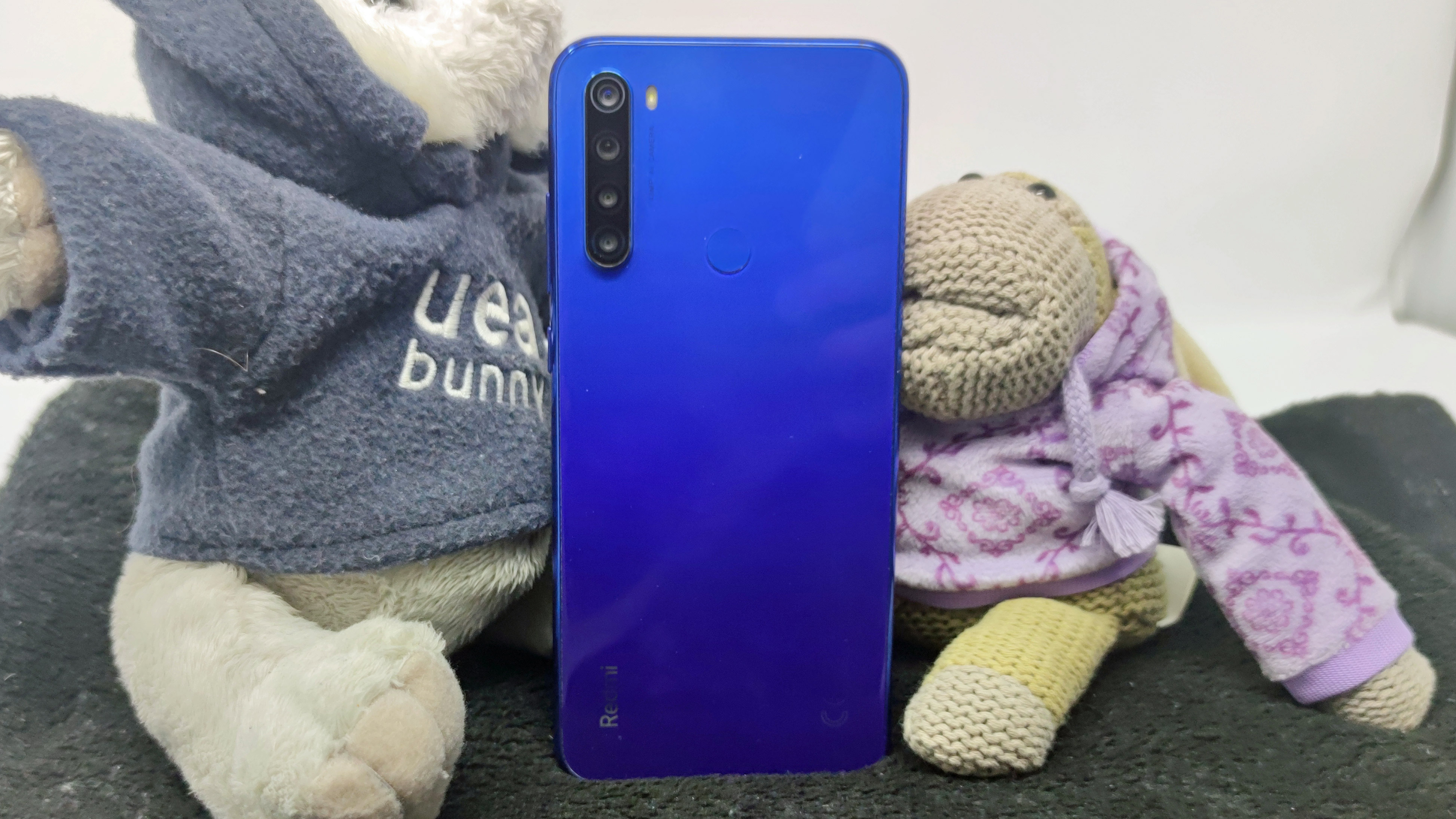
Battery life
The Xiaomi Redmi Note 8T has a 4,000mAh battery capacity, which is pretty decent as smartphones go, and fittingly we found it quite easily lasted us at least a full day of use, and often crawled quite far into day two before needing a top-up.
Well, it lasted that long with medium use, but after an extended period of gaming, listening to audiobooks or watching Netflix, the battery was sapped a surprising amount, so if you’re an avid media consumer this phone probably won’t last you a full day.
Charging speed is 18W, which is pretty standard for a budget phone, although if you’re used to the snappy charging of premium or even mid-range phones this might feel like a snail’s pace, and it takes over an hour to power up fully. Still, we’re glad there’s a USB-C port, as a micro USB would take even longer.
Should I buy the Xiaomi Redmi Note 8T?
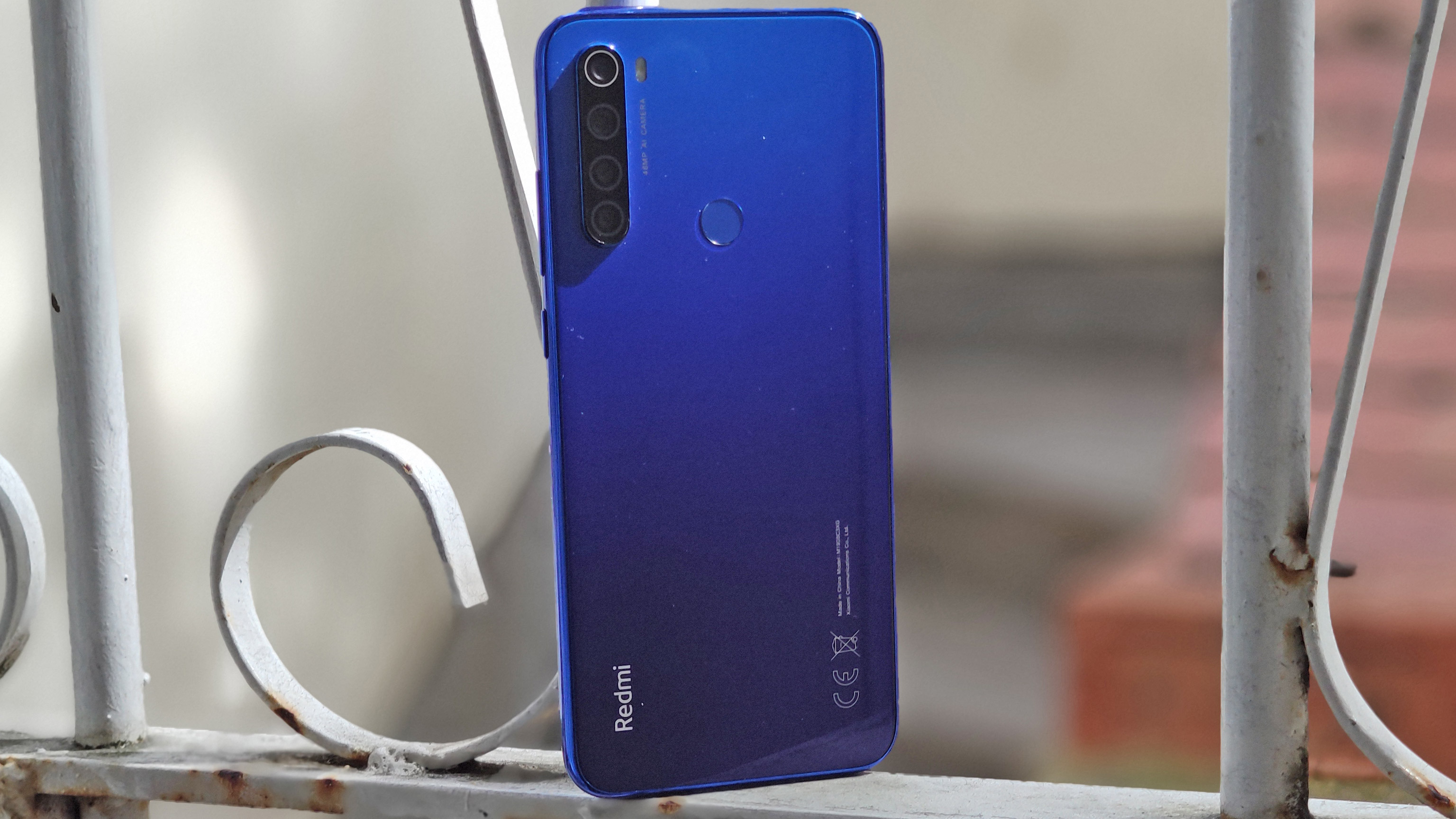
Buy it if…
You want a decent camera phone
For this price tag, you won’t find many better camera phones than the Xiaomi Redmi Note 8T, thanks to the lauded 48MP sensor.
You need that headphone jack
Headphone jacks are dropping out of phones left, right and center, even from budget phones, but if you want to stick with the wires this phone has you set.
You like rear fingerprint scanners
Some find rear fingerprint sensors super easy to reach, more so than side-mounted or in-screen scanners, and if that’s you then you should check out this phone.
Don't buy it if...
You’re an avid phone gamer
We found the Xiaomi Redmi Note 8T isn’t reliable as a phone for mobile gaming, and there are better handsets for that at this price tag.
You’re ok with splashing out more for a better camera
While the 48MP camera here is good, for only a little bit more you can get a phone with a better complement of snappers.
You’ve got smaller hands
We found the fingerprint sensor and power button were only just reachable, and we’ve got medium-sized hands, so not everyone might find the phone comfortable to use.

Tom Bedford joined TechRadar in early 2019 as a staff writer, and left the team as deputy phones editor in late 2022 to work for entertainment site (and TR sister-site) What To Watch. He continues to contribute on a freelance basis for several sections including phones, audio and fitness.
